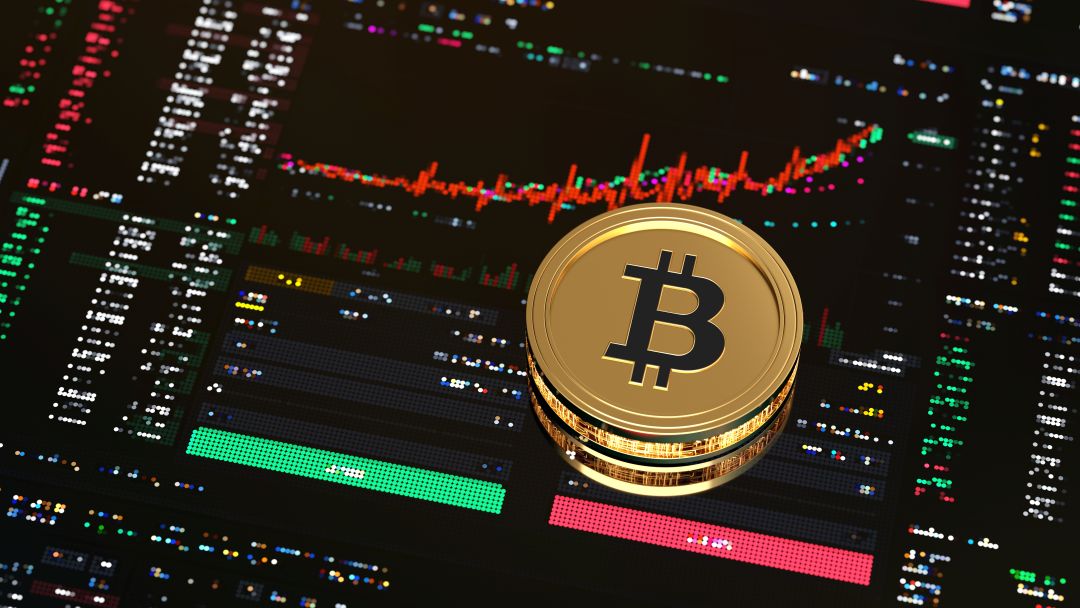New Taxes on Banks to Fund Fiscal Hole from Stimulus
Click here for a printer-friendly version of this article
At the precise moment when the largest U.S. financial institutions have returned to profitability, the Obama Administration is seeking to stifle their growth. Last Thursday, the Administration proposed a 0.15% tax on the liabilities of financial firms with more than $50 billion in assets. The purported reason for the tax – dubbed a “responsibility fee” – is to recoup bailout costs. “We want our money back,” said President Obama, in a burst of candor. However, it seems clear that the proposal serves two other purposes: (1) to get ahead of banks’ year-end financial performance and bonus announcements (New York Attorney General Andrew Cuomo has already asked banks about compensation schedules for fiscal year 2009, and many believe the Administration’s fee is an alternative to proposals to impose special taxes on employee bonuses directly); and (2) to raise much-needed revenue to offset the cost of the dramatic increase in government spending over the past year.
Unfortunately for the Administration, the purported reason behind this new tax falls apart almost immediately under examination. The firms being asked to pay this tax have already repaid their TARP principal, paid billions to the Treasury Department in dividends, and in many cases have also repurchased the warrants on their common stock issued in conjunction with the TARP. In December, Secretary Geithner announced that the Treasury expects a “positive return from the government's investments in banks.” Any expected cost to taxpayers comes entirely from the AIG bailout and the assorted bailouts of the auto industry and its unions (the hundreds of billions of dollars of costs related to the bailout of Fannie Mae and Freddie Mac comes from a different fund). Yet these entities are not subject to the proposed tax.
Equally important to remember are the original terms of the TARP legislation itself, which state that the President is required to ensure that the taxpayers are made whole within 5 years. Until that time comes, it will be impossible to know the ultimate cost of TARP to the taxpayers. In actuality, losses may be significantly lower than current projections. It doesn’t make a lot of sense to create a new tax now in order to recoup losses that may never materialize. Even more confusing is that current expected costs are only $42 billion, yet the tax is set to raise ~$120 billion. What gives?
According to the Congressional Budget Office (CBO), the deficit for the first quarter of fiscal year 2010 was $389 billion, or $56 billion more than the first quarter of FY2009 – despite $86 billion in savings from reduced bailout costs. Whatever justification is used for imposing discriminatory new taxes on banks, the practical reason is obvious: to find new sources of revenue to plug the fiscal hole caused by the stimulus. With the federal deficit running at a ~$1.5 trillion annual rate (thanks in large part to a stimulus program that is failing to deliver job growth), the Administration needs to generate revenue wherever it can. Public antipathy towards financial institutions, which President Obama has encouraged by referring to “fat cat bankers,” makes them the perfect target.
The irony is that the improvement in economic activity is tied inexorably to the improvement in the condition of banks and other financial intermediaries. This was the “return” initially envisioned from the TARP investment. It is the health of banks that determines the supply of credit, which, in turn, directly impacts real economic activity. When banks are weak, credit is rationed either through quantity or price. As seen in the graph below (from Fitch), in March 2009 the spread between what non-investment grade corporate borrowers paid to borrow and what the federal government paid to borrow was more than 1,800 basis points (or, put differently, annual interest payments on a $100 loan would have been $18 more for non-investment grade corporate borrowers than the feds). Few could afford to borrow at such rates and as a result, gross domestic private investment plunged more than 30%.
Today, credit spreads are much tighter, and these same borrowers are only paying roughly $6 a year more in interest per $100 borrowed. The decline in the cost of capital has contributed to the sharp rebound in the equity market, with the S&P 500 returning 67% since its March 2009 lows. With businesses able to attract capital on more reasonable terms, the economy has returned to growth – though unemployment remains stuck at 10%.
The outlays for which we truly “need our money back” were not for TARP loans to most financial institutions, but instead were for stimulus spending, much of which was obviously wasteful. Even the “good” projects are failing to deliver job growth. Deficit spending – particularly of the magnitude required to fund the stimulus – is ultimately equivalent to taxation. Businesses – including those that pay taxes at the individual level – recognize that the government can only temporarily substitute debt finance for taxation. Eventually taxes will be raised and businesses are preparing for that eventuality. The ambiguity surrounding what specific taxes may go up adds an additional element of uncertainty that could further depress spending and investment. That ambiguity will subside in the coming months and years when the Administration ultimately increases tax rates and as growing numbers of taxpayers find that they, like the banks, are facing arbitrary and punitive taxation that threatens the nation’s economic recovery and long-term growth rate.
In addition to the punitive nature of the tax, it is easy to assume that the tax will never expire. Historically, it has been nearly impossible to repeal taxes once created, and there’s no reason to think that this tax will be any different. This potentially creates a new and permanent burden on financial institutions in response to a short-term spending glut. The indefinite nature of this new tax also helps transform TARP into a Congressional slush fund, by enabling Congress to spend more under the guise of “stimulus.”



